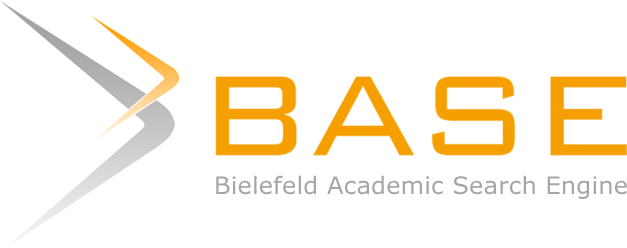ANALISIS KINERJA ALAT ANGKUT FORKLIF DENGAN MENGGUNAKAN METODE OVERALL EFFECTIVENESS EQUIPMENT (OEE)
Forklift Performance Analysis Using Overall Effectiveness Equipment (OEE) Method
DOI:
https://doi.org/10.21009/JKEM.7.2.1Keywords:
Availability, Performance, Rate of Quality, OEEAbstract
Material handling becomes an important activity in handling material, first a loading material in the company until unloading material, company X use forklift for material handling in production operation. Overall effectiveness Equipment (OEE) is one method used for measuring the performance of equipment in industries by considering availability, performance, and rate of quality of used equipment. This research purpose was to analyze the performance of forklifts using the OEE method. Based on the results of the study, it is known that during the 6 months of forklift damage varies with the longest breakdown time in June reaching 360 minutes or equivalent to 6 hours. The average value of forklift availability for 6 months period is 97.85% where the operating time is 6000 minutes or equivalent to 20 hours per month. The average value of forklift performance is 97.60% with the number of pianos being transported an average of 1152 units per month. The average value of forklift availability for 6 months is 97.85% where the operating time is 6000 minutes or equivalent to 20 hours per month. The average value of forklift performance is 97.60% with the number of pianos being transported on average per month being 1152 units. The average value of the rate of quality forklift is 98.71% with the number of piano products transported being 1152 units per month, while the number of defective products that fail to be transported only reaches 14.67 or equivalent to 15 products per month. The overall effectiveness method of equipment is obtained at 98.14% where according to Nakajima (1988) the chairman of the Japanese maintenance institute (JIPM) sets the ideal limit of the OEE value index for world-class companies that have implemented TPM, which is 85% and the value of the company's forklift performance is above the standard value. which is set at 98.14%.
References
[2] A. Darmawan, A. Rapi, and S. Ali, “Analisis Perawatan Untuk Mendeteksi Risiko Kegagalan Komponen Pada Excavator 390D,” J. Ilm. Tek. Ind., vol. 15, no. 2, pp. 109–115, 2017, doi: 10.23917/jiti.v15i2.2139.
[3] M. A. Pasirulloh and E. Suryani, “Pemodelan Dan Simulasi Sistem Industri Manufaktur Menggunakan Metode Simulasi Hybrid (Studi Kasus: PT. Kelola Mina Laut),” J. Tek. ITS, vol. 6, no. 2, pp. A227–A231, 2017, doi: 10.12962/j23373539.v6i2.23141.
[4] S. Darmanto et al., “Aplikasi Mesin Tempa Mini Di Industri Pande Besi,” J. Pengabdi. Vokasi, vol. 01, no. 03, pp. 187–190, 2020.
[5] D. A. Kurniawati and M. L. Muzaki, “Analisis Perawatan Mesin dengan Pendekatan RCM dan MVSM,” J. Optimasi Sist. Ind., vol. 16, no. 2, pp. 89–105, 2017, doi: 10.25077/josi.v16.n2.p89- 105.2017.
[6] Ansori, Nachrul., Mustajib, M. Imron.2013. Sistem Perawatan Terpadu (Integrated Maintenance System). Yogyakarta: Graha Ilmu
[7] A. S. Margana and M. Fahmi Suhendar, “Analisis Manajemen Perawatan Menggunakan Perhitungan Distribusi Weibull Pada Air Cooled Chiller FMC 20,” in Industrial Research Workshop and National Seminar Bandung, 2021, pp. 4–5.
[8] A. Muhsin and I. Syarafi, “Analisis Kehandalan Dan Laju Kerusakan Pada Mesin Continues Frying ( Studi Kasus : PT XYZ ),” J. Optimasi Sist. Ind., vol. 11, no. 1, pp. 28–34, 2018, [Online]. Available: http://jurnal.upnyk.ac.id/index.php/opsi/article/viewFile/2200/1932.






















